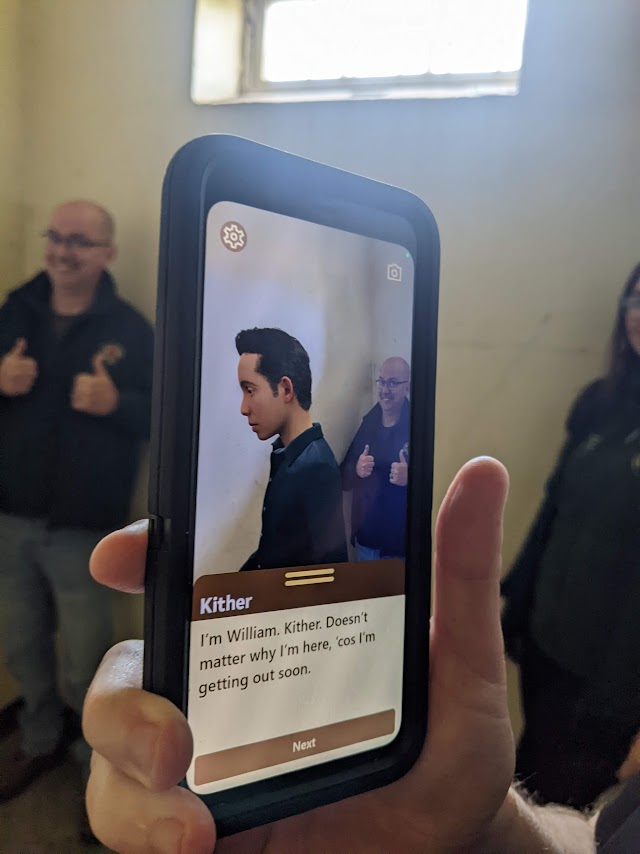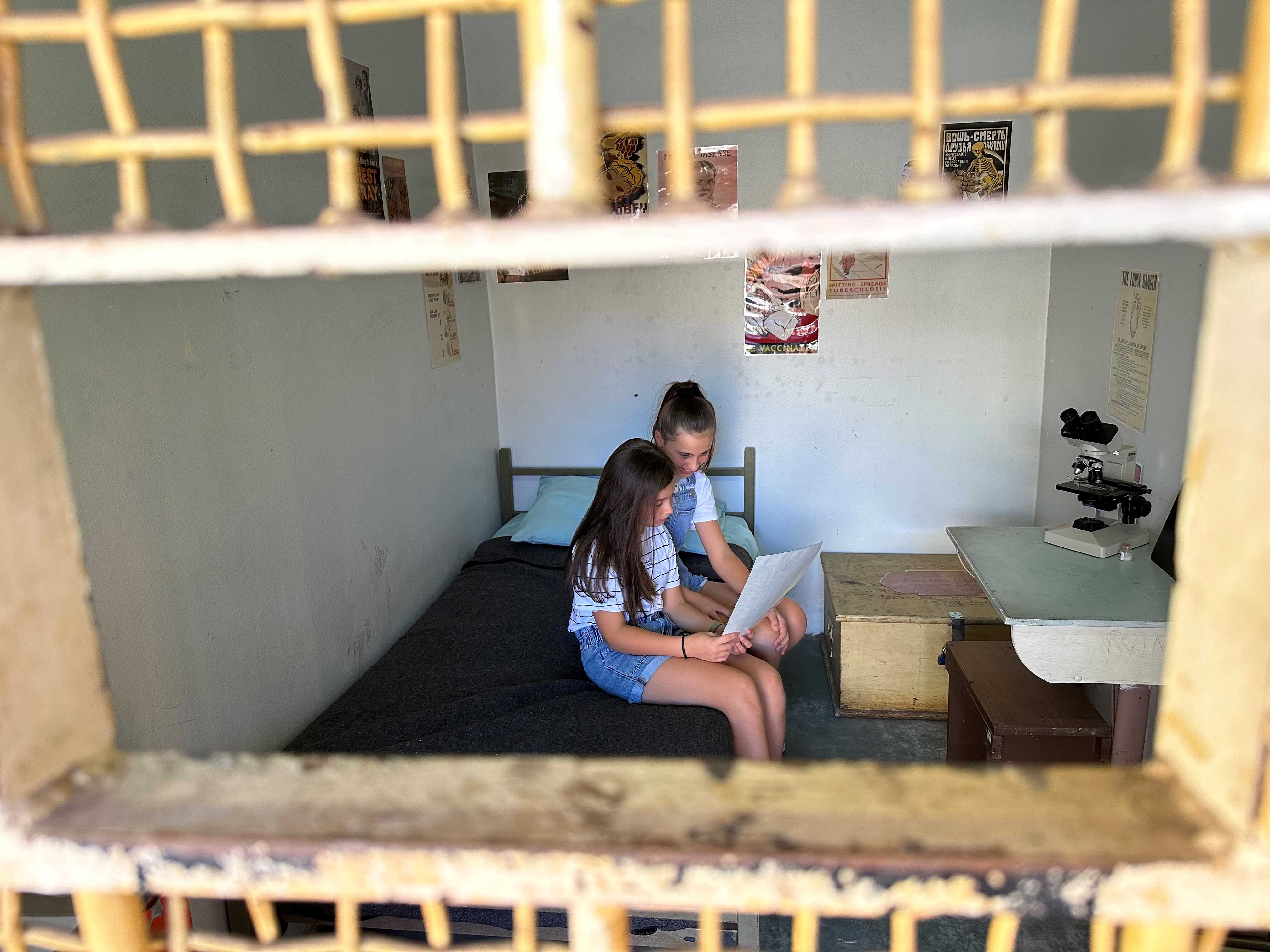Bridging the gap between imagination and reality to boost heritage tourism.
The South Australian Department for Environment and Water (DEW) sought to expand the appeal of the Adelaide Gaol to a broader audience, particularly targeting young people who often find history and heritage uninteresting.
ENGAGING VISITORS IN HISTORY
To bring history to life in a modern and captivating way, a collaborative effort took place between the Australian Research Centre for Interactive and Virtual Environments (IVE) at the University of South Australia and DEW. This collaboration involved third-year students from UniSA Creative and STEM, guided by gaming expert Dr. Susannah Emery, to develop an Augmented Reality (AR) gaming app.
The resulting AR game experience, titled 'Escape from the Gaol', capitalises on the growing interest in escape rooms.
CREATING AN AR GAME EXPERIENCE
The AR experience utilises the physical site to engage visitors in the history and experience the Adelaide Gaol. Under the guidance of Dr Susannah Emery, the team created a digital reconstruction of a 1930s inmate named William Kither. Drawing from old photographs and newspaper articles, this digital representation of Kither guides players through his escape attempt as they explore the relevant areas of the actual gaol site.

Immersive storytelling lies at the heart of this experience, captivating the audience with its sensory-rich nature. Placing participants within the narrative allows them to experience the events firsthand, fostering a deeper understanding and emotional connection. This emotional resonance makes the story more memorable and impactful, invoking empathy and fostering a sense of connection to the narrative.
IMPACT
The project's impact is twofold. Firstly, it enhances the appeal of the Adelaide Gaol to a demographic that may not typically view a gaol as intriguing, introducing the younger generation to the concept of heritage tourism. Secondly, immersion in the
AR experience facilitates active participation and multi-sensory engagement, improving information retention. By allowing users to shape the outcome of the story or explore different paths, the experience creates a sense of ownership and personal connection.
AR technology breathes life into narratives, enabling a contemporary and captivating presentation of historical stories. Its innovative use engages visitors in an interactive and memorable exploration of history, cultivating a deeper appreciation for historical sites and revitalizing heritage tourism for a modern audience.
Immersive storytelling has the power to transport individuals to different time periods, locations, and perspectives, fostering empathy, understanding, and appreciation for diverse cultures, historical events, and social issues. By immersing participants in the stories of others, immersive techniques break down barriers and promote empathy and compassion.
It serves as a powerful tool to engage audiences, create memorable experiences, facilitate learning, and foster emotional connections. Transforming passive spectators into active participants promotes a deeper understanding and appreciation of the conveyed narrative.
"Many students find the concept of history and heritage tourism to be boring, but by bringing stories to life in a modern, engaging way using AR technology, we feel we can present many more Adelaide Gaol stories and introduce the next generation to heritage tourism."
Gary Joyce
Manager of Visitor and Commercial Services
Department for Environment, Water and Natural Resources

For more information or to discuss a similar potential project contact: Susannah.Emery@unisa.edu.au




